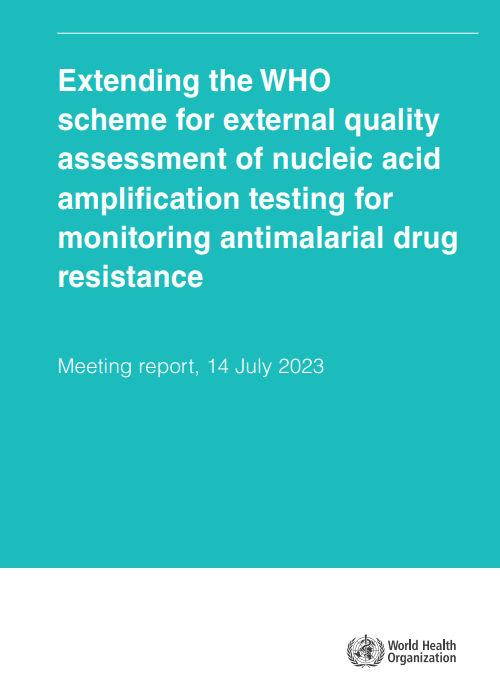Last Updated: 17/12/2024
Extending effective malaria control and artemisinin resistance containment activities to hard-to-reach and transient populations in priority areas of Southeast Myanmar
Objectives
The objectives of this project will be achieved through the following activities:
- Distribution of Long-lasting Insecticidal Nets (LLINs) to populations at risk: migrants/mobile populations and individuals or families who move into the catchment area after the campaign;
- To establish ethnic health facilities and “malaria corners” at border crossing points to provide free LLINs during routine services for patients with confirmed malaria who agree to directly observed therapy;
- To provide free malaria screening for patients with fever and malaria symptoms using RDT and treatment with quality assured ACTs + Primaquine for P. falciparum and Chloroquine and Primaquine for P. vivax for confirmed malaria cases through community volunteers in partnerships with ethnic group partner health facilities;
- To train and engage key community members; on-site business owners and/or gatekeepers as “change agents” and train mobile and migrant health volunteers working with NMCP and key stakeholders to support quality diagnosis and treatment among mobile populations;
- To organize strategic meetings for cross-border information sharing; and
- To conduct formative research to determine the behavioural factor for malaria prevention, promote early treatment seeking, and identify appropriate messages and channels for malaria prevention messages.
Save the Children, United Kingdom
American Refugee Committee (ARC), United States
“Malaria corners” have been established at high volume border crossings along the Myanmar-Thai border to diagnose and treat migrant workers as they travel between the two countries and provide long last insecticidal nets (LLINs).
Migrant populations are at high risk of malaria due to their mobility and have limited access to malaria prevention, diagnostic testing and treatment services. Tackling malaria in this group is seen as crucial in averting the spread of artemisinin-resistant malaria.
The “malaria corners” are being set up by the American Refugee Committee (ARC) and funded by the Regional Artemisinin-resistance Initiative. At the corners, malaria diagnostic testing and treatment services are available and patients with a confirmed malaria diagnosis and who agree to receive directly observed treatment for malaria are provided free LLINs along with other care and support services. This promotes early treatment seeking for malaria among the at-risk populations, essential to contain the spread of artemisinin resistance and accelerate elimination of P. falciparum malaria in the region. The “malaria corners” are part of ARC’s malaria control and artemisinin containment activities to transient and mobile populations’ in the south-eastern area of Myanmar. The project is reaching both static and transient and mobile population groups in 291 remote, hard-to-reach villages along the Myanmar-Thailand border in Mon State, Kayin State, Tanintharyi Region and Bago (East) Region.
In collaboration with local authorities, health facilities and communities, American Refugee Committee has established 15 malaria corners at crossing points along the Myanmar-Thailand border.
Capacity Building
Drug Resistance
Health Systems
Humanitarian Emergencies
Leadership & Governance
Social Science
Vector Control
Vulnerable Populations
Jan 2018 — Dec 2020


